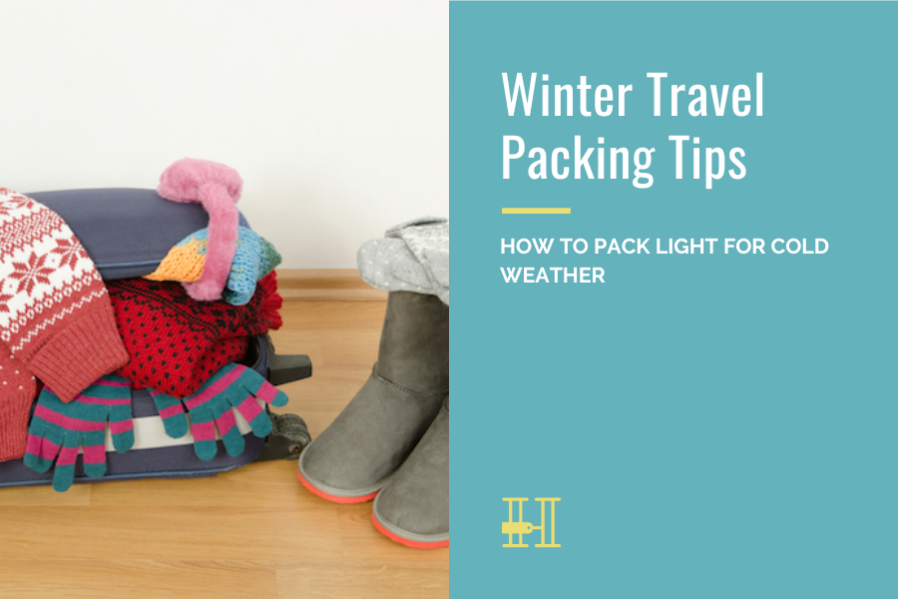
This post contains affiliate links. If you make a purchase using them, we will receive a small commission at no extra cost to you. It helps to keep this site running – thank you!
Choose your layers so you can build warmth with different looks without overpacking for your winter travels.
Winter travel feels like a lot of fun until you have to decide what to pack, which can feel like a struggle in just a carry-on bag. How are you supposed to pack light for cold weather travel when you need so many items to keep you toasty?
But don’t fret! Whether you’re going to Russia, Antarctica or Chicago in the winter, it’s possible to both pack light and be prepared for cold weather.
In this post, we’ll show you how to do that, starting with your winter wardrobe.
The Key to Packing Light in Winter
The key to packing light for cold weather (and any weather for that matter) is layers. You don’t need one massive jacket to keep you warm when you can bring smaller pieces to wear in multiple ways.
Think pieces that can all be worn together when cold, but can also be mixed and matched, as well as worn individually- for differing temperatures and weather conditions, as well as different activities.
One massive jacket on your winter packing list can only be worn in one condition: when it’s really cold. Any other weather conditions or activities will render it a useless, heavy, and bulky ankle weight.
If you choose your winter wardrobe layers well, you’ll have less bulk, more outfit options, and be just as warm – so don’t be afraid to layer it up!
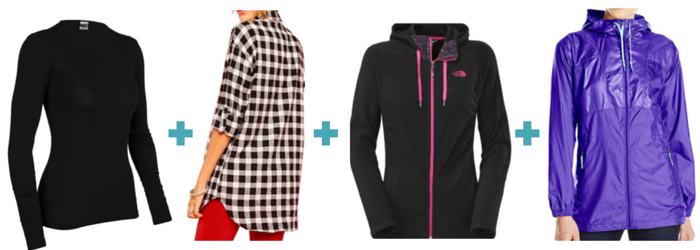
Packing Your Tops in Layers
1. Start with your base layers.
Quick recommendations: camisoles, tank tops, and long-sleeve shirts
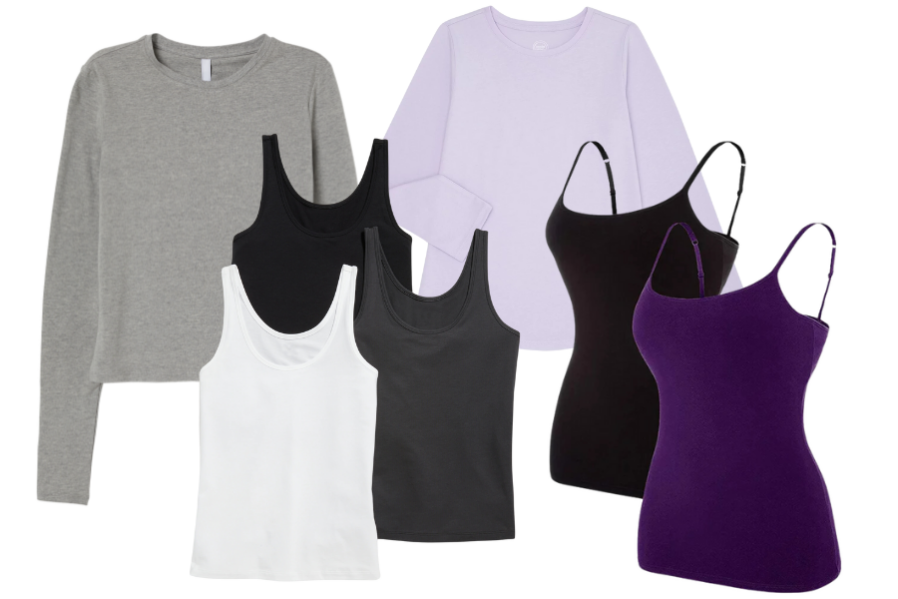
A good thermal top base layer makes the biggest impact when it comes to helping you keep warm. Thermals for both your top and bottom will give you the warm, temperature-regulating, moisture wicking core you need when traveling during winter.
We love camisoles and tank tops because they can be worn under virtually anything for added warmth. Adding a couple to your packing list adds very little weight and space. Plus, you can wear those tanks and camisoles later on your trip, in warmer weather if traveling through multiple climates, for exercise, or to sleep in.
If you feel like investing in a good, warming fabric, shirts made of merino wool would be a good starting point. It’s thin, but it does the job and you can choose between a short or a long sleeve. This kind of top is best in a solid color that can be worn under other “normal” tops, or that can be worn as a top all its own.
Here’s what members of the Her Packing List community have to say about merino wool and bamboo:
Merino, bamboo or polypropylene are all good. Bamboo feels gorgeous on your skin. Silk is good too but they don’t hold up to rough travel or hand washing – mine got holes super fast – whereas the bamboo has lasted many trips.
Karen
Bamboo is amazing! And not that expensive compared to silk. I find polypropylene gets whiffy quicker than the others but is very light and warm though.
Leanne
The goal here is to have something that keeps your core warm, breathable, and dry. Avoid cotton here!
Once you have something that acts as your core, you can move on to your presentation layers.
2. Add your presentation layers.
Quick recommendations: tunics, thin sweaters, and cardigans.
Presentation layers tend to be what people will see you in when you’re indoors. These can be cute cardigans, thin sweaters and tunics, just to name a few.
Tunics are a great layerable option here as they cover more of your body. Caroline’s Shirtigan and Chica Cool Hoody, both by ExOfficio, are what she typically wears. (Editor’s note: These items are no longer available.)
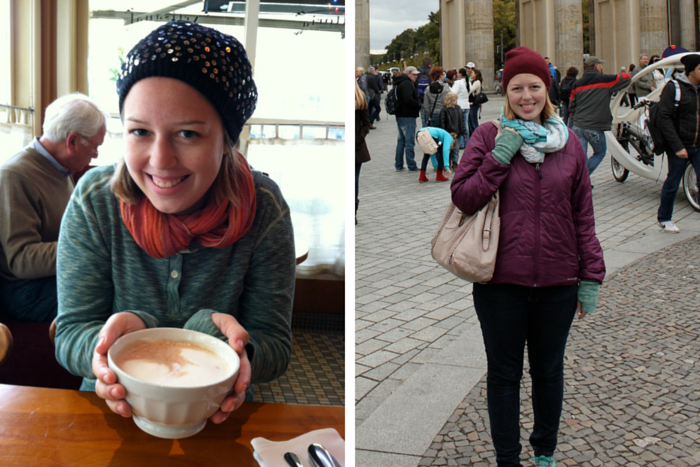
3. Create warmth with your jacket layer.
Quick recommendations: fleece vests, denim jacket, insulated jacket, and packable down jacket.
Depending on the weather at your destination, and the weight of your previous layers, this may or may not be your final layer. For this layer, we recommend a denim jacket, a nice zip-up fleece, or an insulated jacket.
A packable down jacket is also a great option – especially since you are able to keep it small and tiny when not in use with compression bags.
This softshell jacket from 33,000ft has fleece on the inside to keep you warm and has a hood. It also offers wind protection, which makes it a good buy.
4. Add extra weather protection.
Quick recommendations: carry on jacket or a light coat
From there, add a light coat or jacket that you can carry on board the plane. This layer may just be to add extra warmth, or it can be to block cold wind or repel water.
The Mountain Hardwear Typhoon and North Face Triclimate (available on Amazon) are two great jackets to try as they have zip-off interiors and are water resistant.
A solid, lightweight peacoat is another good choice for those wanting to look a bit nicer while traveling in colder climates.
Look for one that covers your neck and torso as well as down to your calves for full warmth. Lined pockets and water resistant fabric are also great features, especially in case of snow. When dressing for the day, you can switch up your accessories to make each outfit different.

Packing Your Bottoms in Layers
Quick recommendations: jeans, leggings, tights, wool and corduroy pants
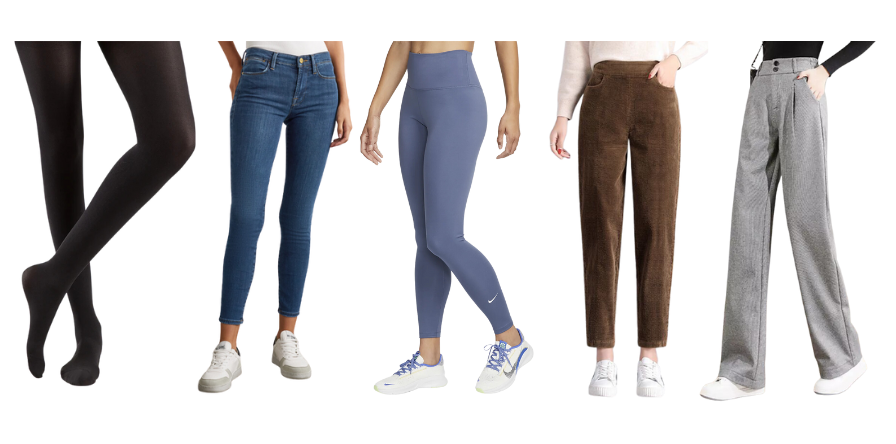
While many travelers advocate against packing jeans for travel, you can’t deny their ability to keep your legs warm, especially when paired with long underwear, tights or leggings. They may not be practical on all trips, but they are easy to layer when the weather is especially cold.
Corduroys and wool pants are another good option because of the additional fabric.
The brilliant part about leggings is that you can also wear them on their own under long tops, or as pajama bottoms meaning you have more outfit options in addition to added warmth layers!
For leggings options, you may want to check out: ThermajaneThermal Leggings for women or the Baleaf Fleece Lined Winter Leggings
- You might also be interested in our post dissecting what makes great travel pants.
Insulated Footwear
Quick recommendations: wool or compression socks, boots, and water-resistant athletic shoes
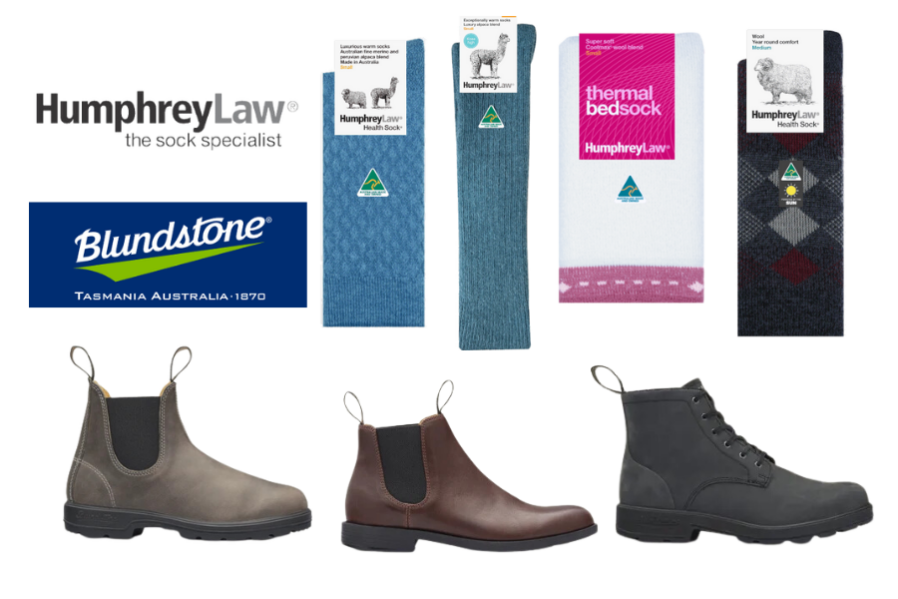
Is there anything worse than cold feet when you’re walking around a new place? Whichever shoes you decide to bring should keep out water at the very minimum.
Since cold weather has a tendency to bring rain or snow, athletic shoes that have breathable panels may not be the best option – but water resistant shoes are.
Boots will both keep your feet warm, especially when paired with a pair of socks made for cold weather (we recommend wool socks), and look great. However, they take up a lot of space so make sure to wear them on the plane instead of putting them in your luggage to avoid additional weight restrictions.
If you do decide to pack them, fill them up with items to save on space.
Accessorizing in Cold Weather
Quick recommendations: scarves, hats, mittens, and gloves
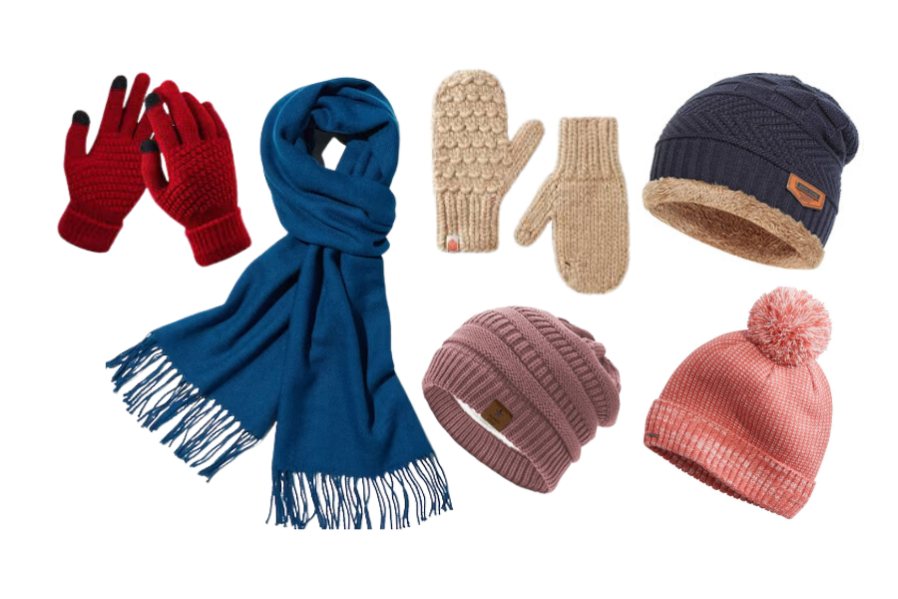
While having your base top and bottom layers are important, you may also need a few accessories to keep warm, like the following:
- Hats or some sort of head coverage is the most important, as you lose most body heat through your head (this is because it’s generally uncovered!). You might want to wear more headband-style hats and earmuffs if you have short hair.
- Scarves fill in the extra spaces between your neck and face and are also a chance to change up your look. Infinity scarves can be worn many ways and wool versions keep you cozy. Pashminas can cover your head and neck.
- Last but not least is gloves and mittens, which you shouldn’t forget if you want to avoid frostbite.
If all of your clothing items are in neutral or solid colors, it’s easier to mix and match them. Use your accessories as a way to change up outfits from day to day.
It may be the same coat every day, but you can wear different hats, scarves and gloves to change up your look. It’s much easier to pack lighter with multiple hats and scarves rather than multiple coats.
Other Necessities
Quick recommendations: travel mug, hand warmers, lotion and lip balm

Don’t go overboard with all the extras beyond your clothes when packing for cold weather travel. Choose your additions wisely. Here are a few that we recommend:
- Travel Mug: Another item worth packing is a travel mug so that it can be filled with your favorite hot beverage (tea, coffee, hot cocoa, etc.) and walk around with it. Any travel water bottle that holds hot beverages is a bonus in cold weather. (Extra points if it is collapsible or extra packable!)
- Hand Warmers: If you’ve ever spent winters working in New York City, or time traveling to Ireland and France in January, you may have come to love hand warmers, which you can pick up at any outdoors store and also on Amazon. The small packets are rubbed to become warmer. You can stick one in each pocket and maybe even put them in your shoes as they last for a few hours.
- Lotion: Last but not least is lotion to keep your skin from getting chafed by the wind. Lotion bars are easy to pack! Lip balm goes hand in hand with this.
Packing It All Up
Now that you have your list of layers, the next thing you have to do is to wear as much onto the plane as possible.
Now before you cringe and say we’re crazy, please don’t go overboard to the point where you’re about to pass out (like this guy).
The idea is that wearing your bulkiest layers – like your boots, jeans and bulkiest top on the plane will help you save space AND give you peace of mind. Why? Because you know that the added weight of these items won’t be counted against you when you check in.
If you have some more space concerns, you can always pack items in compression sacks and packing cubes that can help minimize space by removing excess air from your carry-on luggage.
And of course, it’s always helpful to ask yourself: What travel gear do I need? If something isn’t that important anyway, leave it behind!
Common FAQs About Packing Light for Winter Travel
How do you pack light but warm?
As mentioned in the beginning of this article, the key really is layers. When you layer appropriately, you can have a sufficient amount of warmth while also having the variable pieces that create different outfit looks.
You can work with just 3 layers for this, but in this post, we introduce 4. Let’s recap:
- You’ll want a thermal base layer (both top and bottom) that is meant to warm and regulate your core while also keeping it dry. Try CuddleDuds.
- Next, you’ll work in your presentation layer, which is generally what people will see when you’re indoors without your next layer on.
- That is followed by your proper mid-layer – the layer that creates loft and warmth. This can include fleece vests or down jackets.
- You’ll lock it all in with extra protection if needed in your outer layer, the one that might offer extra protection from wind and rain.
This image depicts a great winter wardrobe option that incorporates layers while showcasing the variations of wardrobe available.
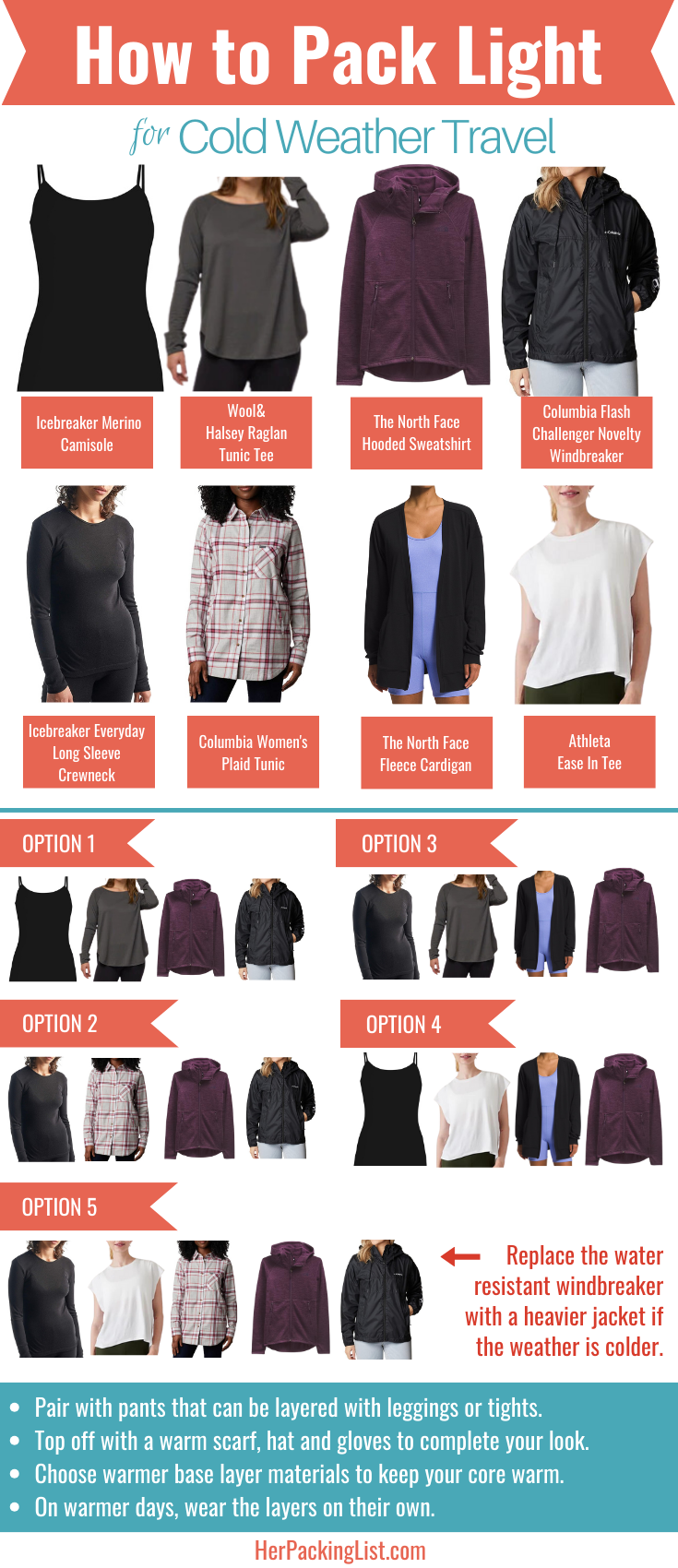
In this graphic: Icebreaker Merino Camisole, Wool& Halsey Raglan Tunic Tee, The North Face Hooded Sweatshirt, Columbia Flash Challenger Novelty Windbreaker, Icebreaker Everyday Long Sleeve Crewneck, Columbia Women’s Plaid Tunic, The North Face Fleece Cardigan, Athleta Ease In Tee
If you want to learn how to pack extremely light for a winter trip, we recommend that you join our game-changing packing course, HPL Packing Method, which has a bonus all about winter trip packing.
What should I pack for a winter vacation?
When it comes to a winter travel wardrobe, please refer to the previous FAQ example. You will have plenty of options for most trips from there.
Besides that, you will want to ensure you have weather-appropriate footwear with good traction if traveling to places with snow. If the climate tends to have wet cold weather, make sure your shoes are waterproof, even if you choose walking shoes over boots. (Check out Allbirds waterproof shoes, for example.)
Accessories are also a must to keep you warm, along with toiletries and medical items to deal with cold, dry air or the dry air from indoor heating. Think about things like nasal sprays, lotions, lip balms, and maybe some throat lozenges.
A couple of sachets of tea are also nice!
What should I pack for a 7 day winter trip?
The answer is always: Not as much as you think!
Yes, it’s cold weather. Yes, your clothes might be a teensy bit bulkier. But, really, you can get by with way less than you think, so remember that first.
If you need some real-life examples, the following winter packing lists are for 7-day trips:
How do you pack light for 3 weeks in the winter?
This type of extended trip really trips people up (get it?). The thing about long trips is that you pack almost the same as you do for a short trip, and just wash and re-wear the clothing, or stock up on toiletries as you go.
Remember a few extra dollars for stocking up on your trip can save you loads of trouble and stress!
- You may also want to read this post on packing light for a year of travel.
Do you have any packing light for cold weather tips?
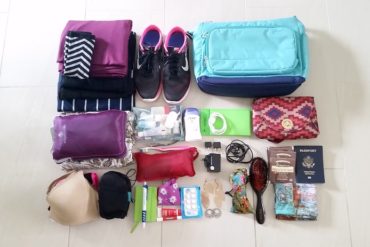
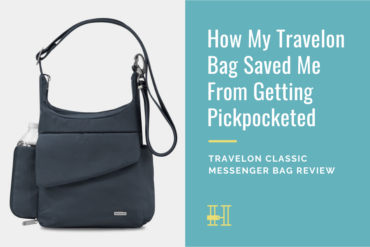
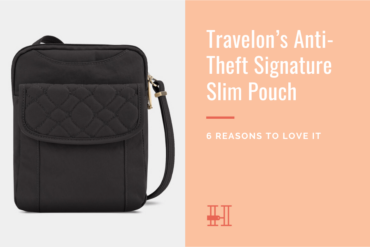

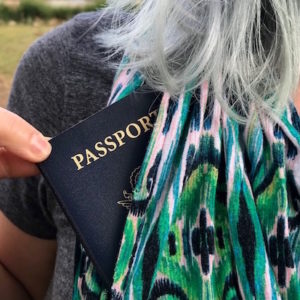
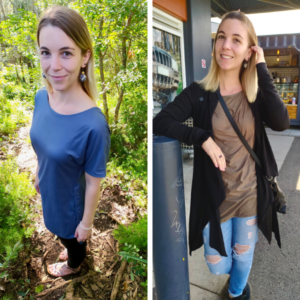
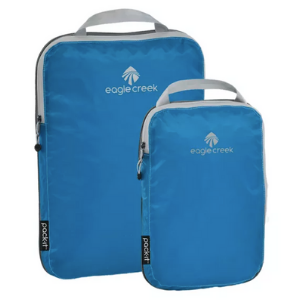
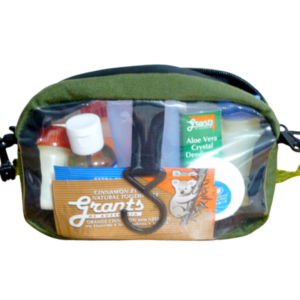
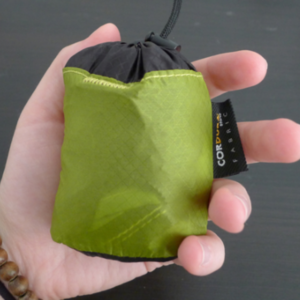

Insulated insoles can also help to add warmth to boots. I can buy them in stores where I live, but people who live in warmer parts of the world might have to buy them online.
They are usually made of felt with foil on one side.
These types of insoles are cheap, and fit easily into a carry-on.
Thanks for the tip, Mary!
They do have those puffy jackets that stuff down to a small little fist size now. I’m sure it’s on this awesome site somewhere. I plan to get one (Ross out Marshalls, they’re expensive!) for this winter’s travels. I’m glad science and this websites tips are making it possible to travel light in cold weather!
The stuffable puffy jackets ARE expensive! We’d love a review if you ever get your hands on one 🙂
I got a pack-able light-weight down jacket at Sam’s Club for $20. Came with it’s own baggie and even fit in my personal item for an economy flight. Used it under my Scottevest multi-pocket (17 in all) trench for super warmth without the bulk.
Great layering advice!
I often layer two pairs of leggings on top of each other to add warmth. It gives me a much greater range of warmth management – I can wear a thin pair of leggings on a warmer day, a thicker pair on a cool day, and both together on a cold day. I live in the Pacific Northwest of the US and wear wool leggings every day for most of the year (I don’t even own any real pants anymore!). They keep me warm, even when I get wet walking or biking in the rain, which is super important. I also layer thick and thin pairs of socks inside my uninsulated boots for the same reasons.
The best thin leggings I’ve found are wool/poly blend from Costco, of all places – I’m a curvy size 10 and they actually come up high enough to sit on my natural waist (surprisingly SUPER difficult to come across!), so they stay up very well, and they have a great stretch to them. The best thicker ones are the midweight 100% wool ones from L.L. Bean – I love the thickness, and they’ve held up much better for me than the more expensive ones by Smartwool or Icebreaker.
Great post – packing for cold weather is so much more challenging than throwing some swimsuits and t-shirts in a suitcase!
My biggest packing challenge is leaving Chicago in the winter for a warm destination. It’s either freeze on your way to the airport, or lug a bunch of winter boots/coats around a tropical island once you arrive. I’d love to hear anyone’s tips on this before I head to Central America next month 🙂
Your comment reminds me of our 3rd podcast episode where Julie went off to an exchange wearing winter boots and big coat at the end of winter, to never ever need them on her exchange! Do not wear the winter clothes to the airport. Instead, layer up the best you can with what you plan to take on your trip to Central America. Chances are you will still have evenings where you want to cover your arms/legs. Maybe put leggings underneath a skirt or dress or other light pants. Use a sarong/ pashmina/ turkish towel as a wrap. It won’t be the best, but it is better than lugging the extras IMO.
Thanks for this useful post! I am looking forward to traveling to NYC in December, and since I’m from Colombia (South America)and I had absolutely no clue about bottoms and shoes!
This is such great advice. I am leaving next week from Florida in the 80’s to Chicago in the 40s-50s. I had no idea where to start and this has been a big help!
Hi I was wondering how many bra tops and long sleeve base-layers did you bring with you? I am leaving to Patagonia for 2 weeks and just wondering how many shouid I pack…I thought about 3 or 6…..
Years ago, I used to travel between Alaska an Louisiana with my infant / toddler (just the two of us)
I’m sorry, but there’s no avoiding a heavy coat in traveling to and from central Alaska in the fall or winter. I’d need those layers AND a heavy coat just to get to and from the airport.
Since I had to bring the heavy coats anyway, I tied mine to the handle of my rolling suitcase / carry-on, and stuffed the pockets with gloves, hats, even socks and/or tights. I’d wear a heavy cardigan and tie a flannel shirt around my waist.
I just thought I’d add a suggestion or two to free up a little luggage space for those people (like me) who would rather not wear the same clothes (especially undershirts) every day.
I usually go to.the Caribbean in winter and live in New England. I always wear a bulky woolen sweater on my way to and from the airport and take a cab so that I don’t have to wear a coat. Taking a cab is expensive but to me it’s worth it not to bring a large coat on trips. It’s great to wear the sweater on the plane. I also got a fever once in Jamaica and I was glad to have bright the sweater.
Thanks a lot for the tips. It’s really helpful for someone like me who lives in Southeast Asia. =D